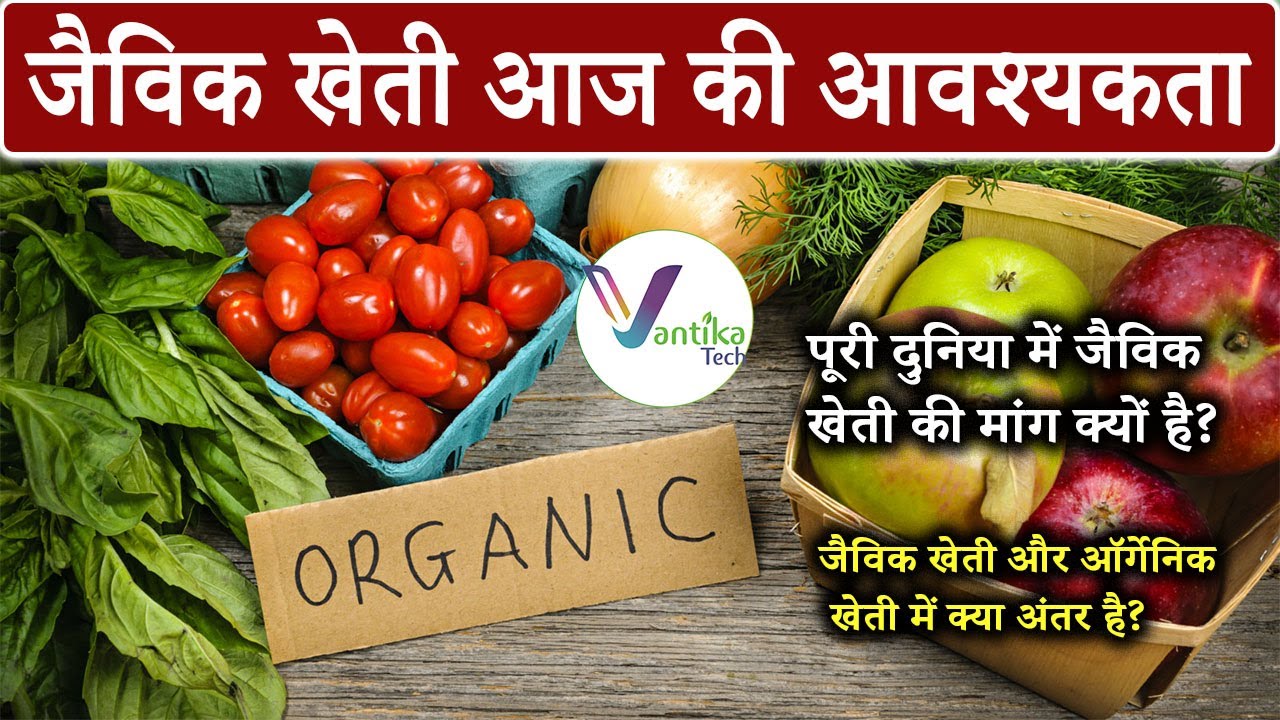Cotton is one of the most economically significant crops worldwide, and optimizing its yield and fibre quality is a top priority for cotton farmers. In recent years, the use of plant growth regulators (PGRs) has gained attention as a potential tool for enhancing cotton crop productivity and fibre characteristics. This blog explores the role of PGRs in cotton cultivation, their effects on yield and fibre quality, and the implications for cotton farmers.
Understanding Plant Growth Regulators:
Plant growth regulators are naturally occurring or synthetic substances that influence various physiological processes in plants, such as cell division, elongation, differentiation, and flowering. They can modulate plant growth, development, and responses to environmental stimuli. In cotton cultivation, PGRs are applied to manipulate specific growth processes and optimize crop performance.
Types of Plant Growth Regulators Used in Cotton Farming:
a) Gibberellins (GAs): Gibberellins are PGRs that regulate various aspects of plant growth, including stem elongation, flowering, and fruit development. They can promote internode elongation, increase fruit size, and influence fiber quality in cotton.
b) Cytokinins: Cytokinins are hormones that promote cell division and affect plant growth and development. They play a role in cotton fiber development and can influence fiber length and strength.
c) Ethylene: Ethylene is a gaseous PGR that regulates various physiological processes, including fruit ripening, senescence, and stress responses. It can affect cotton fibre quality and promote fiber maturation.
d) Auxins: Auxins are hormones involved in many aspects of plant growth and development, such as cell elongation, root formation, and apical dominance. They can influence cotton fibre initiation and elongation.
Effects of Plant Growth Regulators on Cotton Crop Yield and Fiber Quality:
a) Increased Yield: The application of certain PGRs, such as gibberellins, has been shown to enhance cotton crop yield by promoting fruit development, increasing boll size, and improving seed cotton production.
b) Fiber Quality Improvement: Plant growth regulators can impact cotton fibre characteristics, including length, strength, and fineness. For example, the application of cytokinins can contribute to longer fibres, while ethylene can enhance fibre maturation and strength.
c) Regulating Plant Growth and Development: PGRs can help manage plant growth and development by controlling branching, internode elongation, and flowering. This can lead to better canopy structure, improved light penetration, and optimized plant architecture for efficient cotton production.
Considerations for PGR Application in Cotton Farming:
a) Timing and Dosage: The timing and dosage of PGR application are critical for achieving desired outcomes. It is essential to follow recommended guidelines and consider the specific growth stages of cotton plants for effective PGR utilization.
b) Environmental Factors: Environmental conditions, such as temperature, humidity, and moisture, can influence the effectiveness of PGRs. Understanding the interactions between PGRs and environmental factors is crucial for maximizing their benefits.
c) Integrated Approach: PGRs should be used as part of an integrated crop management approach, considering other agronomic practices, pest control strategies, and nutrient management for optimal results.
Conclusion:
Plant growth regulators offer a valuable tool for cotton farmers to enhance crop yield and improve fibre quality. However, their application requires careful consideration of timing, dosage, and environmental conditions. By understanding the effects of PGRs on cotton growth and development, farmers can make informed decisions to optimize their cotton cultivation practices and achieve higher yields with improved fibre characteristics.
Thanks for visiting us.
#plantgrowthregulators #cottonfarming #yieldoptimization #fiberquality #cropmanagement #agriculturalresearch #agritechnology #sustainablefarming #cropimprovement #cottonproduction
.jpg)







No comments:
Post a Comment